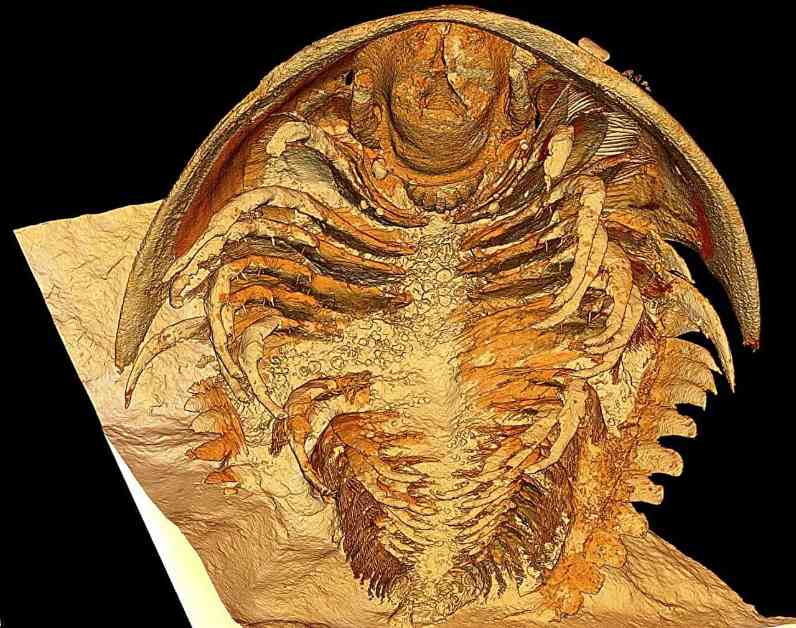Trilobites, the iconic marine arthropods from the Paleozoic era, have fascinated scientists for centuries. These ancient creatures thrived for over 270 million years before the age of dinosaurs, leaving behind a treasure trove of fossils for researchers to study. Trilobites get their name from their distinctive three-lobed, three-segment skeleton, which is made of calcite and chitin, allowing for excellent fossilization.
Recently, a groundbreaking discovery was made in the High Atlas Mountains in Morocco, where researchers unearthed some of the most well-preserved trilobite fossils ever found. These 500-million-year-old fossils, dubbed “Pompeii” trilobites for their stunning preservation in volcanic ash, provide an unprecedented glimpse into the anatomy of these ancient creatures. The volcanic ash, similar to what buried the ancient city of Pompeii, created a mold for the trilobites’ bodies, preserving intricate details such as their organs and hair-like structures in exquisite 3D preservation.
Lead author Abderrazak El Albani expressed the significance of these findings, highlighting the exceptional potential of pyroclastic deposits for trapping and preserving delicate soft tissues. The researchers used advanced techniques such as CT scans and computer models to visualize the trilobites’ bodies, revealing new insights that challenge previous assumptions about these ancient creatures. For example, the Moroccan trilobite species showed four pairs of head appendages behind their antennae, contrary to the previous belief of three pairs.
Co-author Harry Berks from the University of Bristol emphasized the importance of these findings in understanding how trilobites fed, showcasing a clustering of specialized leg pairs around the mouth. The discovery of an inward-facing battery of dense spines on the head and body appendages further illuminates the feeding habits of trilobites, drawing parallels to modern horseshoe crabs.
Overall, these impeccably preserved trilobite fossils shed light on the evolution of life on Earth and underscore the vast potential for further discoveries in the field of paleontology. As researchers continue to explore new locations and techniques, the secrets hidden in the ash may reveal even more about the ancient world and the creatures that once roamed the seas. The study opens up new avenues for future research, encouraging scientists to investigate volcanic settings as potential hotspots for exceptional fossil preservation and groundbreaking discoveries.






